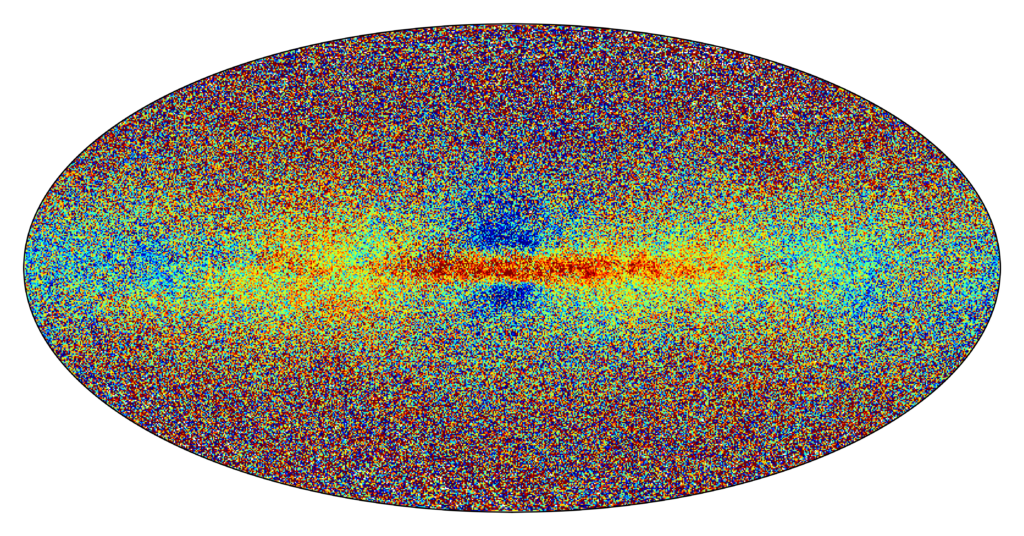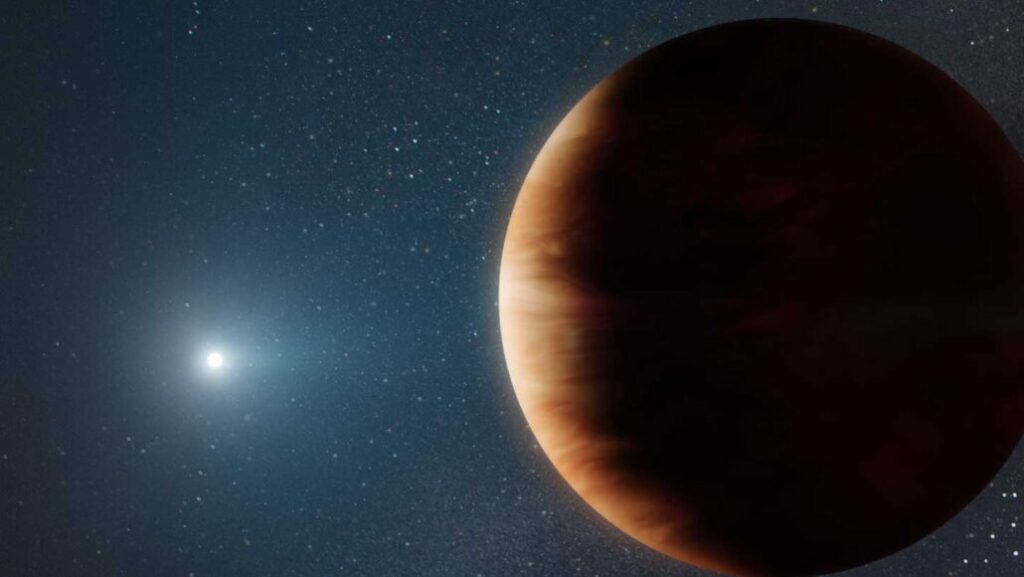I’ve said it before, and I’ll say it again: Gaia is my favorite space telescope. With its completely unique design, this telescope scans the sky and sends the photons it captures across instrument after instrument. Like a conveyor belt of science, the telescope rotates such that an object’s light will go from being imaged in various colors, to being split out into spectra, allowing its chemistry and motion to be measured.
For the past eight years, Gaia has been cataloging nearly two billion points of light, and this data has been getting released in massive digital catalogs that allow massive statistical studies of both the contents of our galaxy and beyond. Martin Barstow puts it this way: Gaia data has been moving through astronomy like a tidal wave. It’s the most productive observatory we have available to use right now, and it’s transforming both astronomy and our understanding of the Universe.
With each new data release, our understanding of how those points of light change improve. We are able to untangle the motions caused by planets, see the orbits of binary stars, and even track the passage of star clusters orbiting in our galaxy.
And now, the much-anticipated Data Release 3 is out, and the science, the flood of updates and discoveries, is just beginning.
Some of what we’re seeing announced are the kind of science we knew Gaia would do. In this latest release, we see mapped in exquisite detail the diverse chemistry of the stars in our corner of the Milky Way.

Stars form in clusters that start with a single, fairly well-mixed combination of gasses and dust, and that cloud will fragment into solar system-forming cocoons of material. In general, all the stars in a single burst of star formation will have the same composition. And some small galaxies only have a single burst of star formation.
The earliest star clusters and small galaxies were formed from almost pure hydrogen and helium left over from the Big Bang. Over time, as stars lived and died, they created heavier elements in their cores and during supernovae, and these elements got mixed into the clouds that formed future generations of stars. This wasn’t a smooth process. The entire universe didn’t get equally mixed up over time. Some places were slower to get started and slower to become chemically complex. Other places evolved in a firework display of explosions early in the universe. This diversity means our modern universe of stars forms with different chemical mixtures.
We can use our understanding of stars and chemical enhancement to understand how streams of stars with the same composition represent infalling small galaxies. We can see elongated blobs in our disk and recognize them as local star clusters falling apart with time.
And in Gaia’s new data, we see all these specific features superimposed on a wild mix of stars formed in clusters so long ago that the clusters are completely mixed into the galactic background. This mixture gives us a sense of how long our system has been bringing together systems and stirring them together, one orbit around the galaxy at a time. Our galaxy isn’t a perfect mix. Down toward the galactic center and throughout the central plane of the disk, we see more chemically diverse stars dominating the population.
Gaia team member Alejandra Recio-Blanco explains: Our galaxy is a beautiful melting pot of stars. This diversity is extremely important because it tells us the story of our galaxy’s formation. It reveals the processes of migration within our galaxy and accretion from external galaxies. It also clearly shows that our Sun, and we, all belong to an ever-changing system, formed thanks to the assembly of stars and gas of different origins.
Gaia is first and foremost a survey telescope. It looks at populations and maps their individuals. In the new results, we see the number of known binary stars jump from 300,000 to 800,000. Plus, 155,000 rocky solar system objects are listed out with orbits. An additional ten million variable stars are detailed in the release. When Gaia does things, it does them – normally – in statistically significant ways.

But sometimes, things are so hard to see and potentially so rare that even a mission like Gaia will see only one.
This is the case for a white dwarf star, WD 0141-675. This dead star once shone like our Sun in the center of its own solar system. Now, it is just a hot white ember with much less mass. Visible to Gaia, it appears to wander through space, making small ellipses as it goes. This unusual motion has been traced back to a nine Jupiter-mass planet orbiting the former star. This is only the third white dwarf found to have planets and gives us a small bit of hope that some planets will live on in our solar system. The Earth will be blasted by the future sun, but our Jupiter someday just might show up in some other civilization’s data sets.
This release is brand new. All around the world, software is chewing through the data and researchers look to see what hypothesis can be proven and what unknown possibilities are waiting to be discovered. As those results are published, we’ll bring them to you here.
More Information
ESA press release




 Join the Crew!
Join the Crew!
 Escape Velocity Space News
Escape Velocity Space News
0 Comments